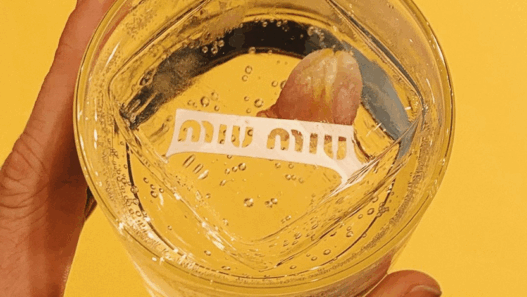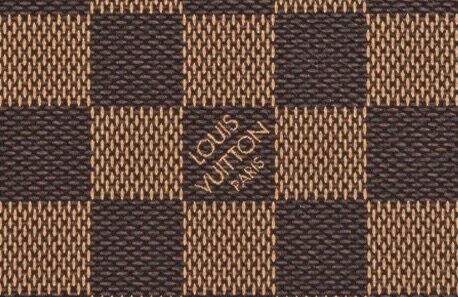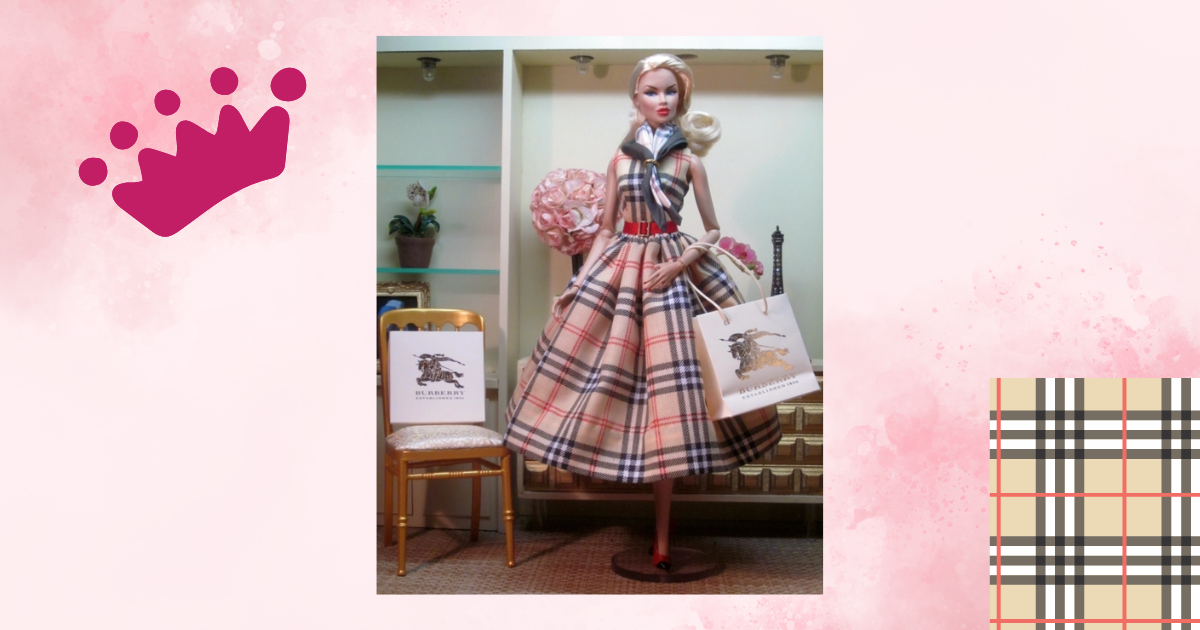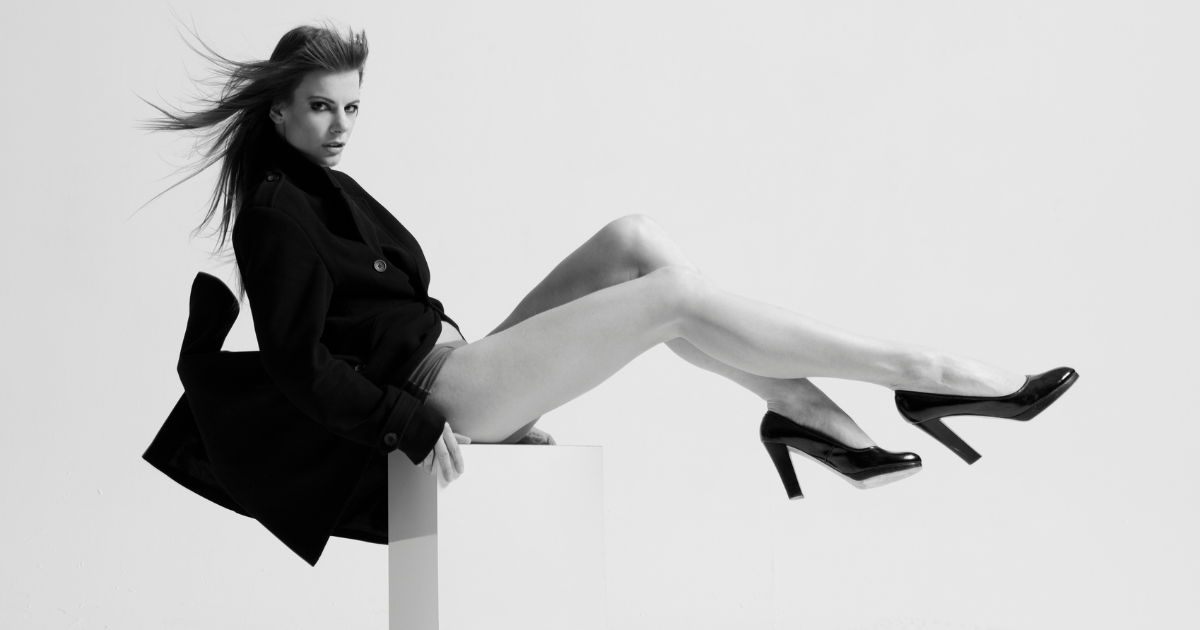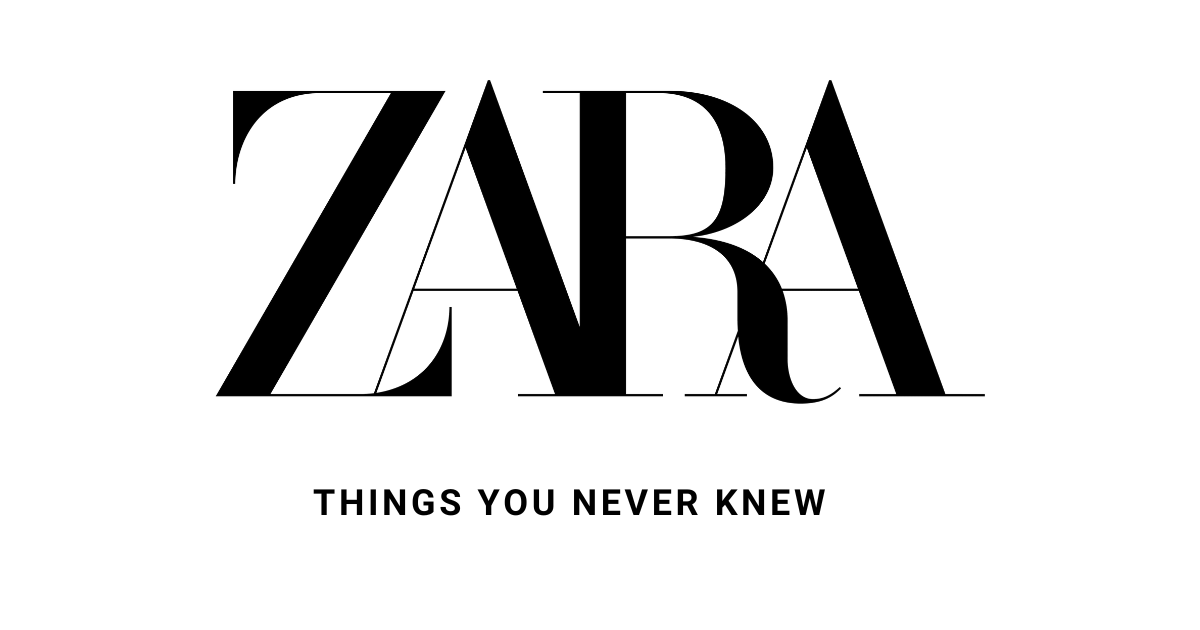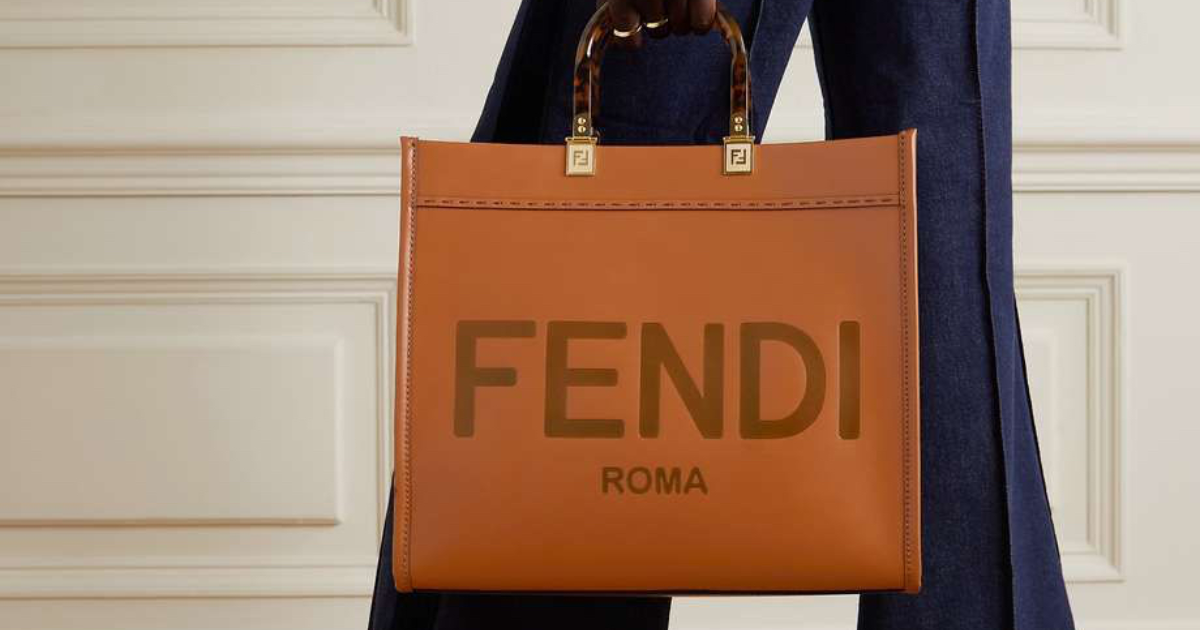Most fashion designers are not well acquainted in the legal elements of beginning and running a business. Nonetheless, a design firm is in charge of creating items from the start. When done incorrectly, things like preserving your business name, dealing with vendors and contractors, paying your taxes, and so on can wind up costing your company money as well as a lot of hassle and effort when dealing with these issues later on.
A full understanding of the legal framework that controls the enterprises’ essential internal activities, as well as their connections with clients and other third parties, is required for the Fashion and Luxury industry.
Fashion lawyers handle a wide range of tasks, including forming and dissolving business entities, advising on brand development, IP monetization, franchising, merchandising, advertising, and protection, as well as drafting and negotiating contracts in arbitrating and litigating trademark, copyright, and other intellectual property issues, and investigating export and import matters related to the fashion industry, such as securing Import and Export licensure.
A company’s brand, or trademark, is the most significant component of its image in the fashion industry. Companies must take branding very carefully since apparel is nothing without the brand that is tied to it. This is the simplest and, in many cases, the only intellectual property protection accessible to garment companies.
Companies must develop a brand that is distinctive to them and can be used to identify the source of their products. It is also critical to choose a trademark that will create a positive impression with the consumer, rather than one that will be viewed unfavorably or that will leave the consumer unsure about the nature of the product.
Another critical aspect of developing a brand is ensuring that the new mark will not infringe on the rights of others. Obviously, the mark cannot be identical, but it also cannot be similar enough to be confusing to consumers in relation to an existing mark. If a corporation chooses not to do a trademark availability check, it may face a cease-and-desist action after the products have entered the market. It is possible to end up with a considerable amount of inventory that must be re-labelled before it can be sold. In some situations, there may also be liable for damages if large sales of the infringing products have already occurred.
Fashion firms frequently utilize a single major brand on all of their products, however they may manufacture an item with a seasonal or temporary name or brand. It’s not always apparent how long a certain name or band will be used, especially if the trademark is not the principal brand. The most important issue here is whether to protect a brand or line name when the time frame for use is undetermined. A trademark application can be valuable for company owners who envision a product returning for several years, but for something that the company envisions marketing for a single season, a trademark file may not be worth pursuing given the expense and length of time it takes to register a mark.
Obtaining trademark protection is insufficient to safeguard a brand. The task of monitoring a company’s mark and tracking down infringers is on the brand owner. Inaction in screening for infringers gives the mistaken appearance that the trademark owner is uninterested in defending its mark. In rare situations, if the trademark owner does not seek enforcement against third-party uses of the mark, the mark may be lost. This is where the need for a lawyer who has expertise in this field comes in. They can guide you and protect you so that you and your brand flourish.
Author: Nayiesha Puri





